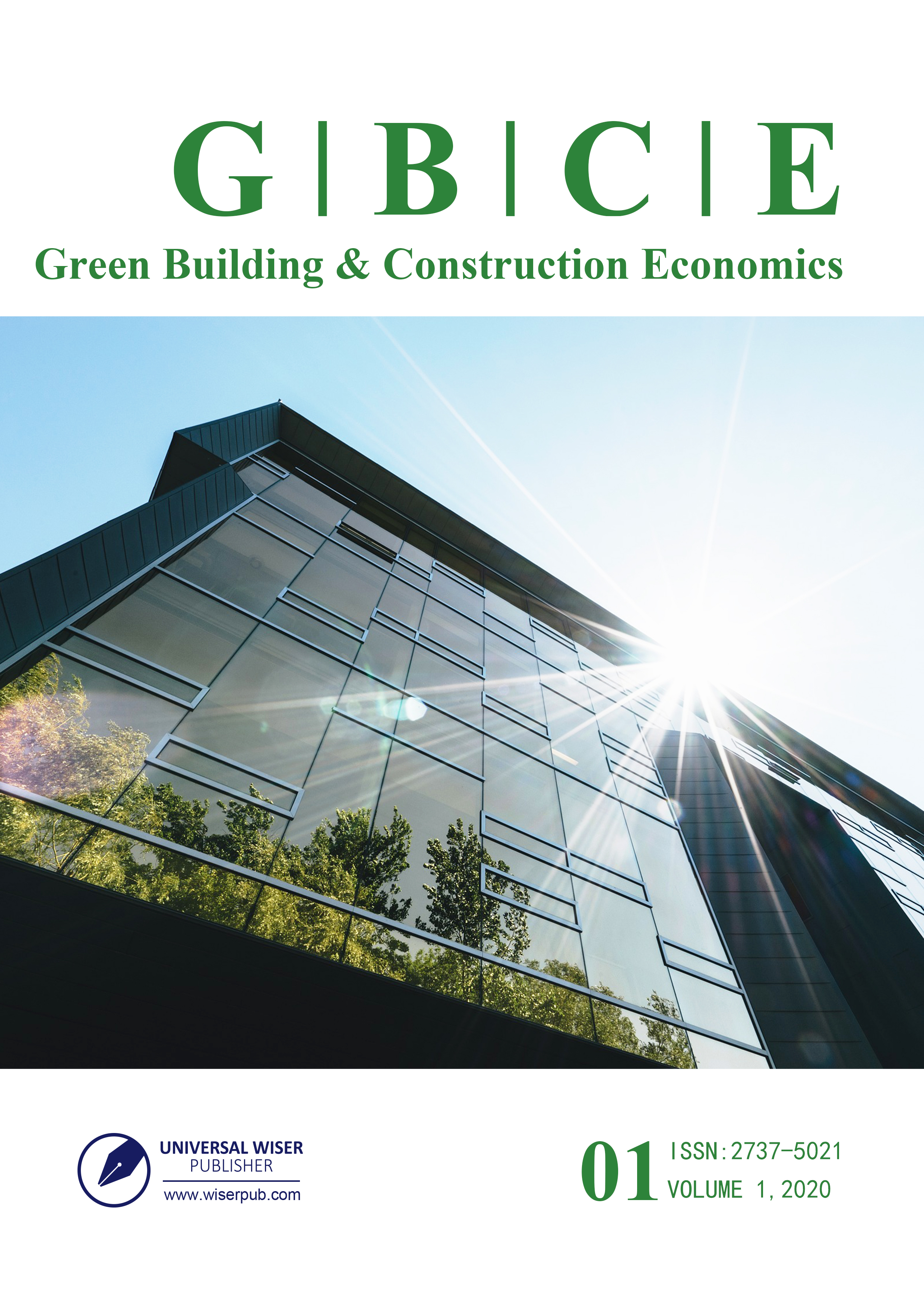2D-CFD Analyses of Flow Controlling Plates on Gable Roof Geometry Cross-Sections for Light Air to Strong Breeze Wind Speed Classifications-an Unsteady RANS Approach
DOI:
https://doi.org/10.37256/gbce.112020156Keywords:
flow control, streamlining, flow controlling plates (FCPs), gable roof, computational fluid dynamics (CFD), flow separationAbstract
The flow field analysis has been numerically performed on the effectiveness of a flow control mechanism called the Flow Controlling Plate (FCP) on buildings. For this purpose, the gable roof geometry has been considered as a common urban element in the western residential architecture. As the justification step towards the functionality of the concept of FCPs, the 2D numerical investigation of the flow field under the realistic assumptions of atmospheric boundary layer profiles for the spectrum ranging from the so-called light air to strong breeze wind speed classifications have been performed. The CFD (Computational Fluid Dynamics) field calculations have been conveyed as an unsteady case for the flow around a bluff body, using RANS (Reynolds Average Navier-Stokes) averaging methods targeting a solution of Navier-Stokes equations of the fluid flow. The results have proven the hypotheses of the contribution of the FCPs on preventing the flow separation on a partial region of the surface and improving the boundary layer development on the rest of the gable roof facades, which have led to a drastic reduction in the convective heat transfer coefficient as well as the drag force exerted on the roof

Downloads
Published
How to Cite
Issue
Section
License
Copyright (c) 2020 Green Building & Construction Economics

This work is licensed under a Creative Commons Attribution 4.0 International License.

